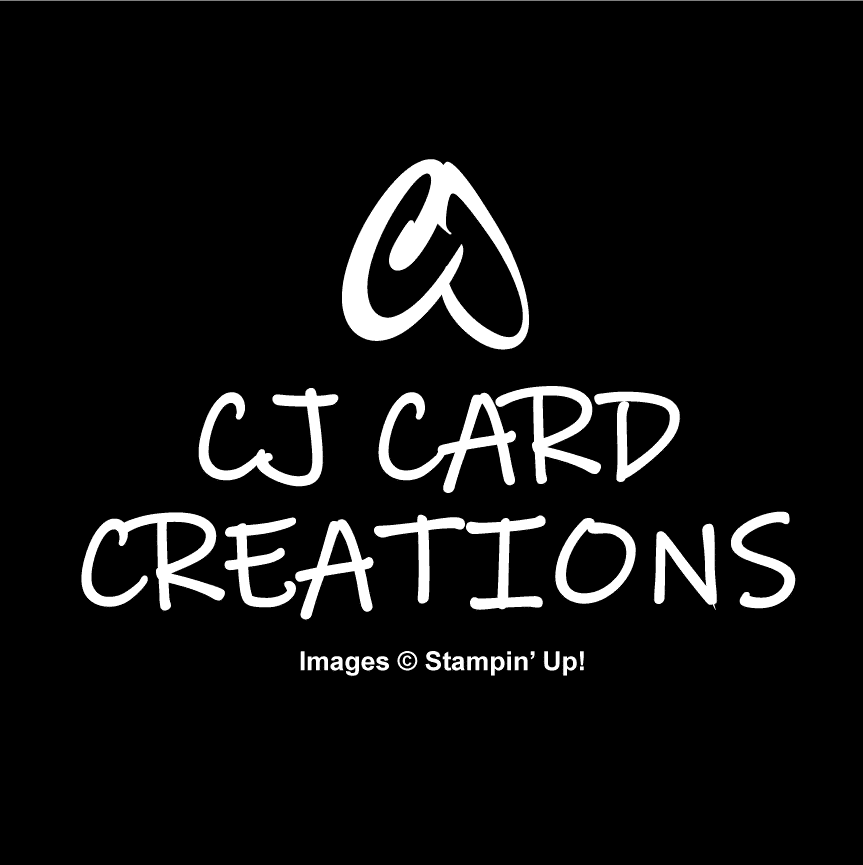
Have you seen beautiful watercolor projects and thought, “That requires more talent than I have!”? Well, let’s set the record straight – a watercolor wash is an easy and fun way to start watercoloring!
Getting started
First, the paper you use is critical to your watercoloring success. The Fluid 100 Watercolor Paper from Stampin’ Up! is made with cotton fibers and is very high-quality. It comes in 5″ x 7″ panels.
Next, you need to have water (as I practice and watercolor more, I’m finding a jar of water to be really helpful). The Water Painters have a hollow barrel to fill with water and squeeze through the brush as you paint. The barrel holds enough water for small projects, but you’ll have better control of the quantity of water by using a jar to dip your brush in. Water Painters from Stampin’ Up! come in a set of 3, each with a different type of brush. For a watercolor wash, the wide, flat brush is my preference.

You’ll also need a rag or a few paper towels to clean your brush and to soak up excess water from the brush and from your project.
Finally, you need ink! For this week’s Facebook Live, I chose to use Pacific Point (one of the retiring colors). I squeezed the ink pad to transfer some ink to the lid and used that as a palette. You can see this process in the video. You can also use a drop of ink from the Reinker if you’d rather – just be sure to dilute it sufficiently.
The process
I cut the Fluid 100 to 3 3/4″ x 5″ for this project. Then, I painted the panel with clear water to get ready for the ink. Adding ink to a wet surface prevents blobs of ink that are difficult to spread. Finally, I picked up ink with the Water Painter and painted the panel. I added a lot of ink at the bottom of the panel and then spread it out and diluted it as I worked towards the top of the panel. Watercoloring is great because you can add and remove color as needed to create the look you want.
It’s important to let your watercoloring project dry completely before doing anything else to it. You can either let that happen over time, or you can speed up the process with a Heat Tool. Using the Heat Tool also allows you to dry from both sides of the panel, helping to flatten it out if it curled some during the painting process.
Because you’re watercoloring, it’s important to use a solvent-based ink like StazOn for any stamping that you don’t want to bleed. Once my panel was dry, I stamped my sentiment (from the Stepping Stones stamp set) in StazOn Black ink. While this isn’t strictly necessary for this project, because the watercoloring was dry when I stamped, it’s good practice to use the proper inks so it becomes habit.
The Finished Project
Finally, I decorated my project using the White Frayed Ribbon and die cuts (from the Potted Succulents Dies) from Mint Macaron, Pacific Point, and Dry Brush Metallic 12″ x 12″ Specialty papers. I arranged the die cuts on a 2″ circle of Blushing Bride Brushstrokes 12″ x 12″ Specialty Paper.
I hope you enjoyed today’s project! If you need to purchase any supplies to create your own watercolor project, I’d truly appreciate it if you shop my online store. And, if you make a project with a watercolor wash, I’d love to see it in my CJ Cards Stampers Group over on Facebook!







